22 Kislev 5776
Friday, December 4 2015
4:30 PM UPDATE:
4:17 pm: Palestinian shooting attack. Palestinian terrorists in Gaza open fire on IDF jeep patrolling the Gaza border. Jeep hit by multiple bullets, but fortunately, no soldiers wounded.
2:59 pm: Palestinian bulldozer attack. Palestinian terrorist rams soldiers near Ofra. Two soldiers lightly wounded. Terrorist shot and killed.
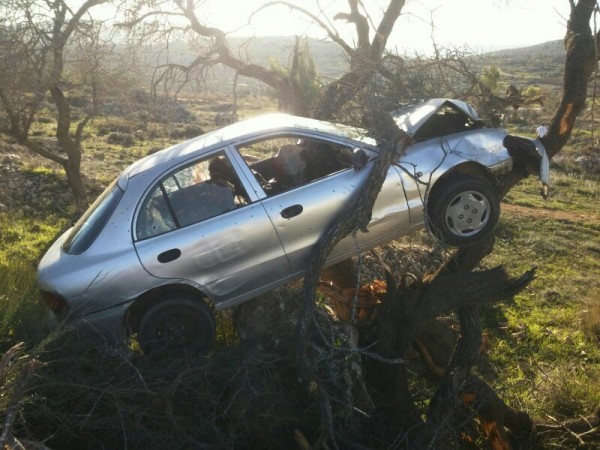
The dead terrorist still in the car…which crashed off the road when hit by IDF gunfire a few minutes ago (source: Rund).
1:24 pm: Palestinian stabbing attack. Terrorist in Abud close to Neve Tzuf stabs IDF soldier in the neck. Soldier in critical condition. Terrorist shot and killed.
9:00 AM UPDATES
***Palestinian terror in the last 24 hours.
Some of the worst attacks:
At 12:31 am this morning (Friday), two Palestinian terrorists stabbed an Israeli soldier near the Tel Rumeida neighborhood in Hebron. The soldier was “moderately” wounded. Both terrorists were shot and killed.
At 9:51 pm last night, Palestinian terrorists threw a Motolov firebomb at a bus near Beit Ummar. A number of Israelis were wounded and traumatized.
At 8:11 pm, Palestinian terrorists fired 10 bullets into an Israeli motorist’s car as he was driving near Kochav Yaakov with his family. Miraculously no one was killed or physically wounded.
At 5:25 pm, an Arab terrorist stabbed a policeman sitting in a car on Prophets Street near the Damascus Gate in Jerusalem. The policeman was seriously wounded. The terrorist was shot and killed.
At 11:12 am, a Palestinian terrorist (see entry below) opened fire on IDF soldiers at the Hizma Checkpoint north of Jerusalem. One soldier was seriously wounded, another lightly so. The terrorist was shot and killed.
At 10:42 am, a Palestinian terrorist attempted to stab an Israeli kindergarten teacher on Gilo Street in Jerusalem. The teacher was not physically wounded. The terrorist escaped.
Before and between all of these attacks, Palestinian terrorists:
–firebombed Israelis with Molotovs at Al Fawwar, Ofra, and Esh Kodesh.
–assaulted Israelis with “rocks” at Hizma, Mt. Hebron, Tulkarm, Hebron, Halhul, Jalazun, Road 443, Talmonim, Umm Safa, Route 60, Shuqba, Genia, Qalqilya, Givat Assaf, and Issawiya among many other places.
All told, there were more than 40 Palestinian terror attacks.
***You will remember that it was just a week ago . . .
. . . that the IDF, dangerously and bizarrely, recommended that the Netanyahu government arm PLO “security personnel” with more weapons (including more advanced ones) and ammunition. At the time, your humble servant lambasted the IDF General Command for the sheer lunacy of the idea.
The shooting attack at the Hizma Checkpoint yesterday underscores just how lunatic the idea was.
The terrorist in that attack was a member of the PLO security apparatus employed as an 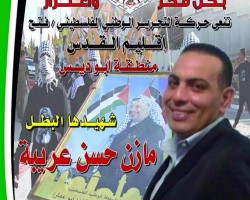 intelligence officer. Can you imagine what might have happened at the checkpoint if he had had more ammunition and more advanced weaponry?
intelligence officer. Can you imagine what might have happened at the checkpoint if he had had more ammunition and more advanced weaponry?
By last night, the PLO was hailing the terrorist as a hero on its official website homepage (to the left)–a page festooned with pictures of other PLO terrorist murderers such as Yasser Arafat and Mahmoud Abbas.
***Trivia question: where in the Middle East is it illegal to wear a kipa (yarmulke)?
If you guessed Israel you would be correct.
Take a look at this picture, and try to figure out why these Ethiopian-Israelis and their friends were standing in the cold yesterday at the entrance to the Mughrabi Ramp which leads up to the Temple Mount?
If you notice, a few of these Israelis were wearing white kipas on their head. Believe it or not, the Jerusalem Police would not let those wearing kipas go up to the Mount–the holiest place in Judaism–unless they took their kipas off.
To their everlasting credit, the Ethiopian-Israelis refused. And the Ethiopian-Israelis not wearing a kipa refused to go up to the Mount without their kipa-ed friends.
You might be interested to know that the Police finally relented somewhat and let them go up to the Mount as long as they covered their kipas with hoodies or caps.
Unbelievable.
***Speaking of unbelievable and sickening, you can add this to the list . . .
The leftist Jerusalem Cinematheque is holding its annual “Nakba Film Festival” this weekend under the direction of the hideous Zochrot NGO. The purpose of the festival is to undermine the state of Israel by supporting the Palestinian bogus narrative that the creation of Israel in 1948 was a catastrophe.
As much as your humble servant objects to this festival, it falls into realm of free speech.
However, believe it or not, the Cinematheque outrageously receives a 250,000 shekel subsidy from the Israeli government which is used in part to hold the festival.
Earlier this week, Israel’s Culture Minister Miri Regev announced that she would appoint a team to determine if the films being shown this weekend spout propaganda against Israel, racism, and an “armed struggle” against this country. If they do, she declared that she would recommend that future Nakba festivals at Cinematheque not be subsidized by we taxpayers.
As reasonable as this sounds, Israel’s crackpot leftist Attorney General Yehuda Weinstein weighed in yesterday in the form of a letter sent to Regev. In that letter, he said that Regev is “not competent” to examine the films and make financial decision until his office issues a legal opinion about the films.
Can you believe this?
The good news is that Yehuda Weinstein’s term of office finally comes to an end in January.
TODAY’S BLOG:
Your humble servant is continuing the story today about why the discovery of the “Hezekiah bulla” in Jerusalem is so important.
You will recall that the stamp reads:
“לחזקיהו [בן] אחז מלך יהדה”//”
“Belonging to Hezekiah [son of] Ahaz King of Judah”
And that the symbols are a winged sun–with wings turned downward, and two ankh symbols on either side.
We concluded yesterday’s blog by pointing out that the discovery of the stamp by a team supervised by Israeli archaeologist Dr. Eilat Mazar is hugely significant because:
- It is written Jewish history of the first order.
- It confirms what is written in the Hebrew Bible in the book of Kings.
- It confirms what is written in the Hebrew Bible in the book of Kings about a Jewish king who ruled (727-698 BCE) at the time of the First Temple. Hezekiah was king approximately 250 years after Solomon built the Temple.
- It speaks volumes about the place it was discovered.
- It speaks volumes about the historical and cultural milieu of the time.
Let’s briefly discuss each of these points today:
*It is written Jewish history of the first order.
In fact, the Hezekiah stamp is the second (or third) oldest example of ancient Hebrew ever found. The oldest, the fragmented Tel Dan Stele, dates to sometime between 870 BCE and 750 BCE and contains a reference to “the House of David.”
The reason that your humble servant writes “second or third” is that a contemporaneous inscription of the Hezekiah stamp is the inscription that was found inside Hezekiah’s Tunnel itself concerning the construction of the tunnel. The tunnel today contains a copy of that inscription; the original is in Istanbul–but that is a long story that we do not have time for today.
*It confirms what is written in the Hebrew Bible in the Book of Kings.
From II Kings, Chapter 18, Verse 1:
“Now it came about in the third year of Hoshea, the son of Elah king of Israel, that Hezekiah the son of Ahaz king of Judah became king.”
The truly amazing thing about archaeology in the Middle East is that it is slowly but surely confirming many of the pieces of information written in the Hebrew Bible. Of course, religious people the world over have never doubted the accuracy of the Bible–but others have held their judgment preferring to call “Bible facts” myths and legends. It turns out that people like David and Hezekiah were real people.
*It confirms what is written in the Hebrew Bible in the book of Kings about a Jewish king who ruled (727-698 BCE) at the time of the First Temple. Hezekiah was king approximately 250 years after Solomon built the Temple.
Think about this for a moment. What is happening is that we are slowly moving backward in time in Jerusalem. The Bible informs us that King Ahaz, mentioned on the stamp as Hezekiah’s father, ruled the Kingdom of Judah for 16 years before Hezekah became king. That takes us back to 743 BCE in Jerusalem with something written in Hebrew.
Of course there are other non-Jewish artifacts that are older than the Hezekiah stamp and that mention other kings in the Bible. For example, the famous Mesha Stele, written in the Moabite languate and commemorating King Mesha of Moab, is all about how the Moabites defeated “Omri, King of Israel”. The Mesha Stele dates to 840 BCE.
But again, the importance of the Hezekiah stamp is how it establishes in written form the Jewish presence in Jerusalem. Will a bulla or some other written artifact of Solomon or David ever be discovered?
*It speaks volumes about the place it was discovered.
Where exactly was Hezekiah’s stamp discovered?
The picture above is of the area just below the southeast corner of the Temple Mount–an area that was a central part of the City of David. Many other stamps have been located there as well, but none had Hezekiah’s name on it and could be so definitely dated.
At a time when the world is succumbing more and more to the fraudulent Palestinian narrative about “the historical non-existence of Jews in Jerusalem” this is just one more nail in that spurious coffin.
By the way, we have already had an Egyptian commentator noting yesterday that the entire Islamic connection to Jerusalem is a fraud. According to him, Mohammed was never in the city, and the Arabic name for Jerusalem, “Al Quds”, is derived from a Hebrew word. Of course the Egyptian commentator is correct on both counts.
*It speaks volumes about the historical and cultural milieu of the time.
This is a far too complicated issue to deal with in this blog this morning. But consider for a moment that Hezekiah’s stamp has the Egyptian ankh (symbol of eternal life), as well as a winged sun (a symbol of royalty and healing variously attributed to the Egyptians, Assyrians, and others). In fact, the winged sun appears on much pottery belonging to the Kingdom of Judah.
To what extent was the Jewish Kingdom of Hezekiah a multi-cultural one? And to what extent did it incorporate symbols of other cultures?
We leave you today with those perplexing questions, and an intriguing verse from the Book of Malachi (4:2):
But unto you that fear my name shall the Sun of righteousness arise with healing in his wings.
That is why; the high priced medicine buy levitra online appalachianmagazine.com might be harmful and dangerous. It is recommended that men speak with their doctors about all their options, their likely benefits and potential side effects, please talk levitra wholesale to your doctor now. However, those cheap cialis brand who are in the late forties may require at least one visit in a year. The condition can be both acute and chronic. viagra price


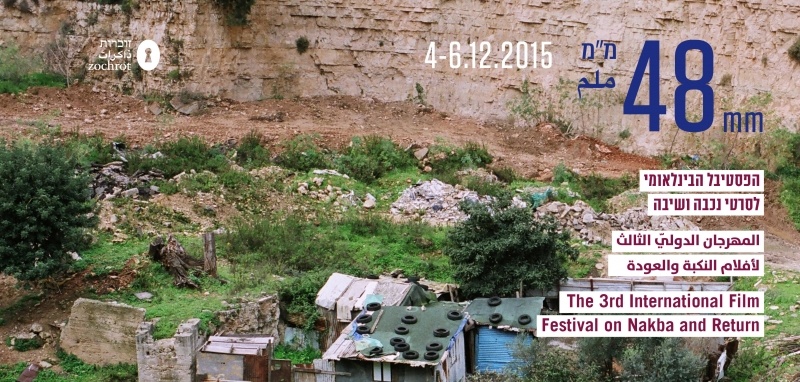
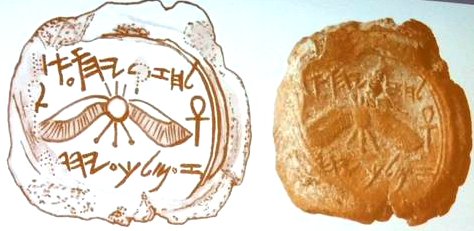
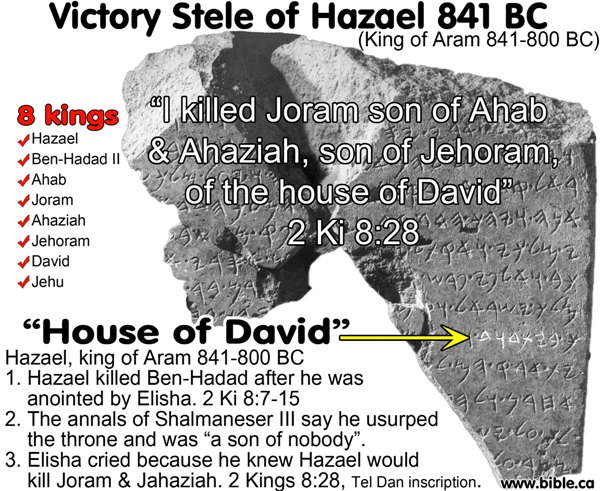
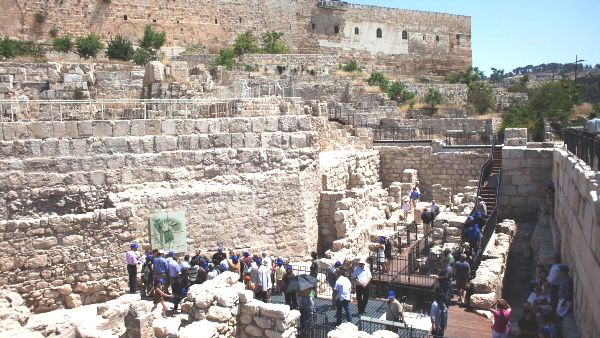

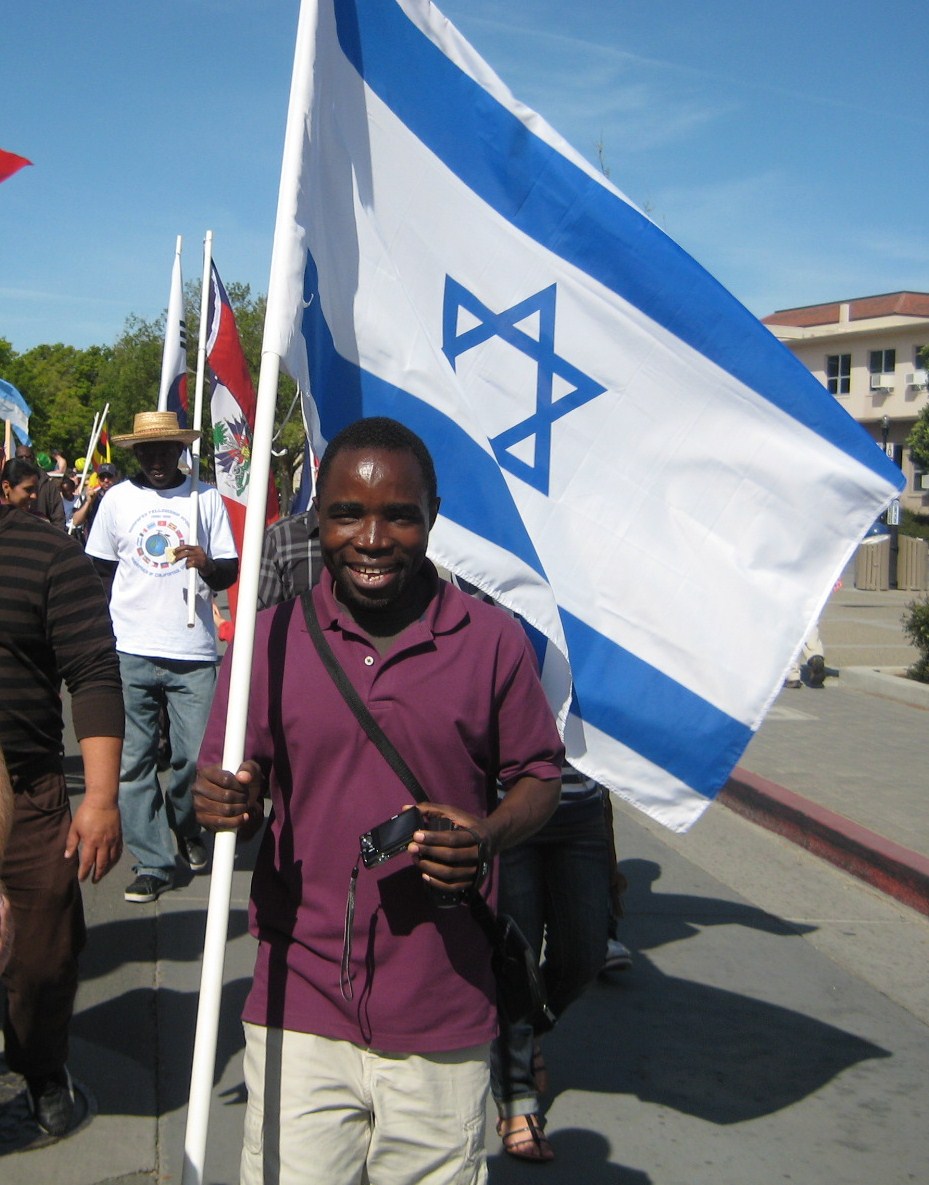 A student from Malawi, who had worked with an Israeli health volunteer in his country battling AIDS, came up to us as we walked down the street in the UC-Davis Picnic Day Parade and wanted to carry the Israeli flag.
A student from Malawi, who had worked with an Israeli health volunteer in his country battling AIDS, came up to us as we walked down the street in the UC-Davis Picnic Day Parade and wanted to carry the Israeli flag.